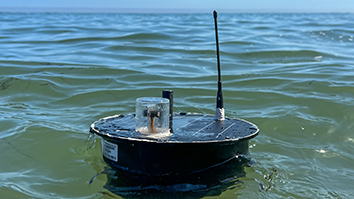Citation
Zhang, D., Bordia, T., McGregor, M., McIntosh, J. M., Decker, M. W., & Quik, M. (2014). ABT-089 and ABT-894 rEducation Divisionce levodopa-induced dyskinesias in a monkey model of Parkinson’s disease. Movement Disorders, 29(4), 508-517. doi: 10.1002/mds.25817
Abstract
Levodopa-induced dyskinesias (LIDs) are a serious complication of levodopa therapy for Parkinson’s disease for which there is little treatment. Accumulating evidence shows that nicotinic acetylcholine receptor (nAChR) drugs decrease LIDs in parkinsonian animals. Here, we examined the effect of two β2 nAChR agonists, ABT-089 and ABT-894, that previously were approved for phase 2 clinical trials for other indications. Two sets of 1-methyl-4-phenyl-1,2,3,6-tetrahydropyridine (MPTP)-lesioned monkeys were administered levodopa/carbidopa (10 mg/kg and 2.5 mg/kg, respectively) twice daily 5 days a week until they were stably dyskinetic. Each set had a vehicle-treated group, an nAChR agonist-treated group, and a nicotine-treated group as a positive control. Set A monkeys had previously received other nAChR drugs (nAChR drug-primed), whereas Set B monkeys were initially nAChR drug-naive. Both sets were administered the partial agonist ABT-089 (range, 0.01-1.0 mg/kg) orally 5 days a week twice daily 30 minutes before levodopa with each dose given for 1 to 5 weeks. ABT-089 decreased LIDs by 30% to 50% compared with vehicle-treated monkeys. Nicotine reduced LIDs by 70% in a parallel group. After 4 weeks of washout, the effect of the full agonist ABT-894 (range, 0.0001-0.10 mg/kg) was assessed on LIDs in Set A and Set B. ABT-894 reduced LIDs by 70%, similar to nicotine. Both drugs acted equally well at α4β2* and α6β2* nAChRs; however, ABT-089 was 30 to 60 times less potent than ABT-894. Tolerance did not develop for the time periods tested (range, 3-4 months). The nAChR drugs did not worsen parkinsonism or cognitive ability. Emesis, a common problem with nAChR drugs, was not observed. ABT-894 and ABT-089 appear to be good candidate nAChR drugs for the management of LIDs in Parkinson’s disease.


